#Apollo 11 Command Module Columbia
Explore tagged Tumblr posts
Text
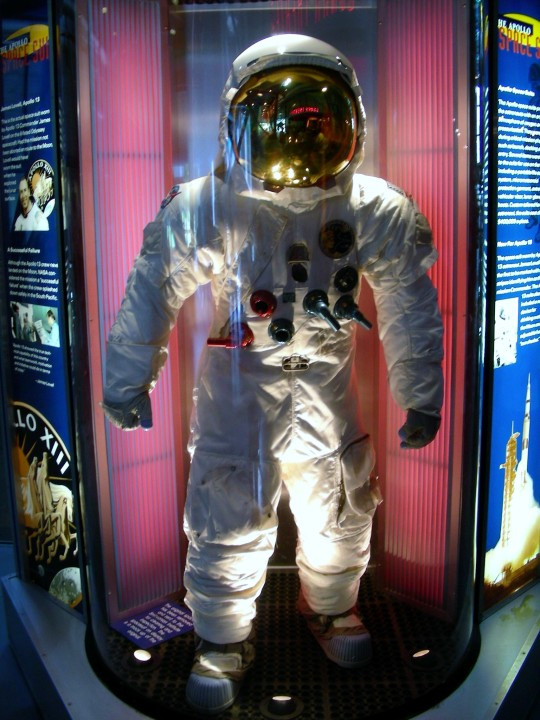
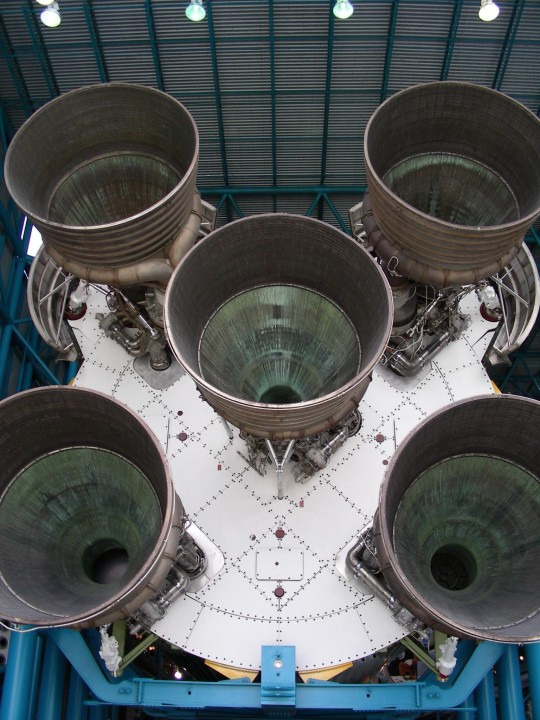




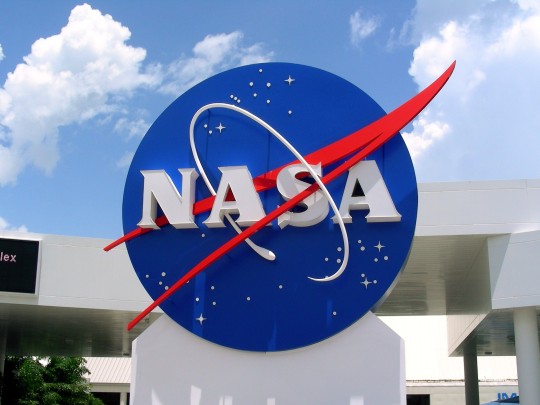


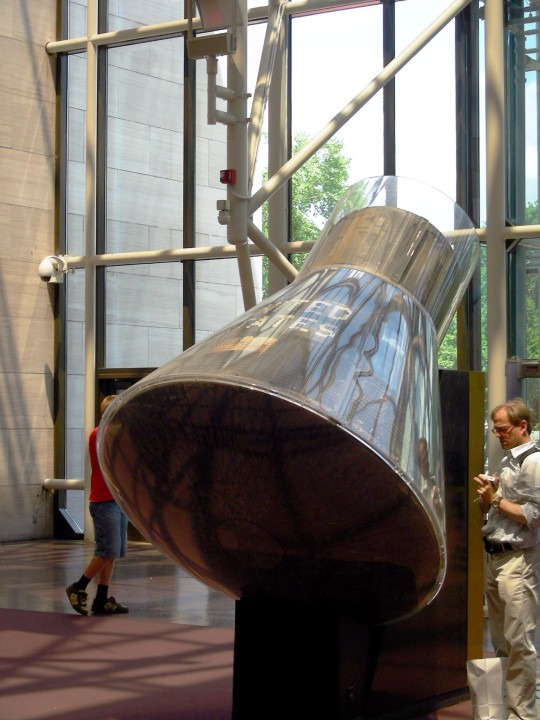

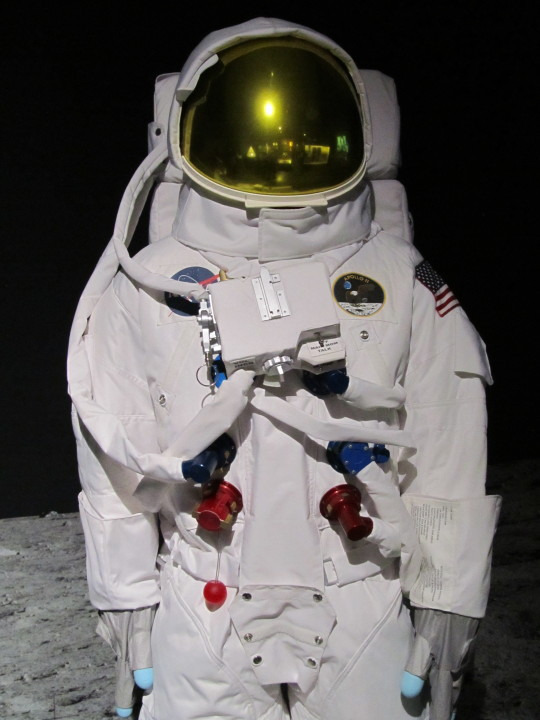
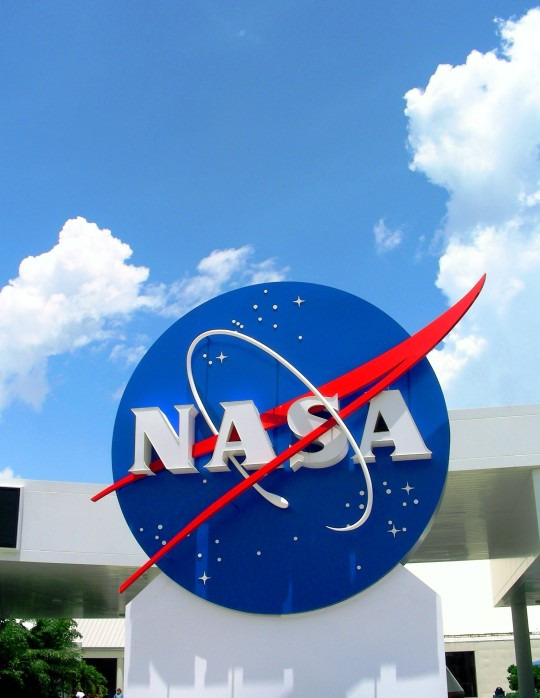
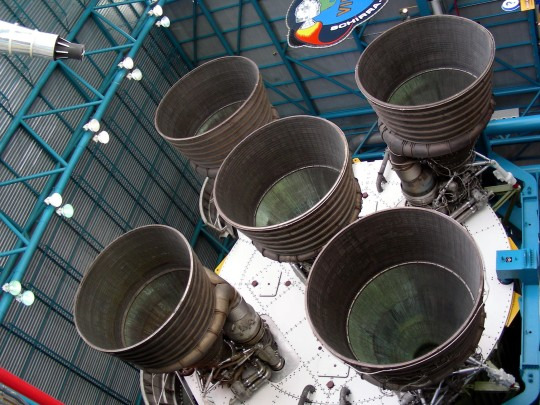
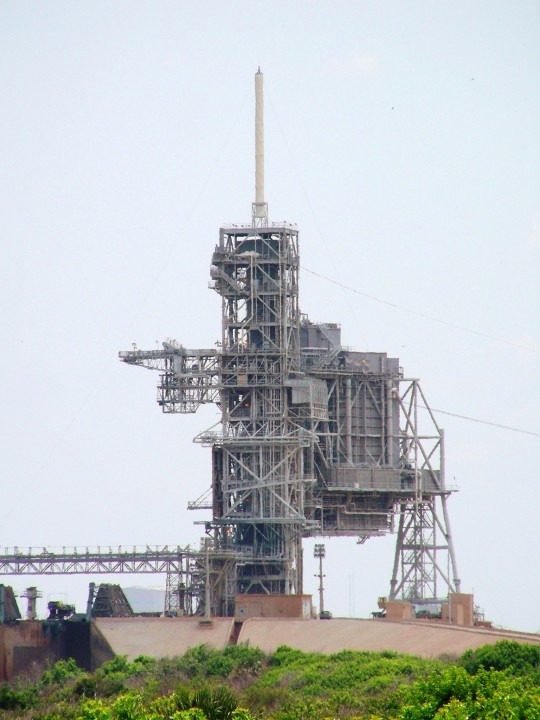

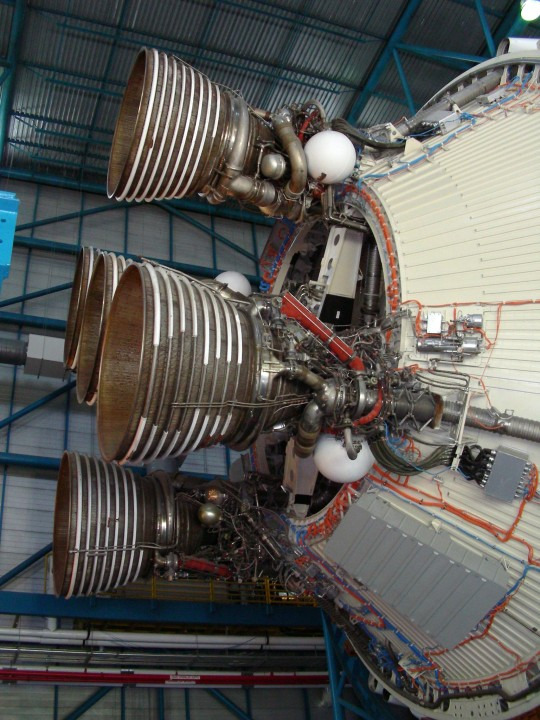
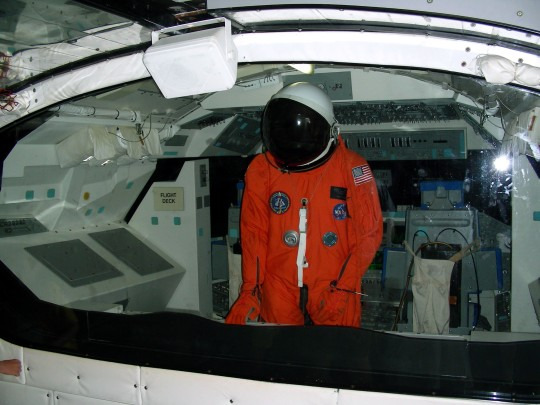

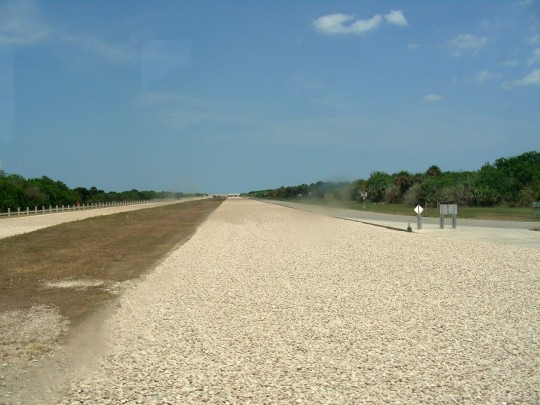

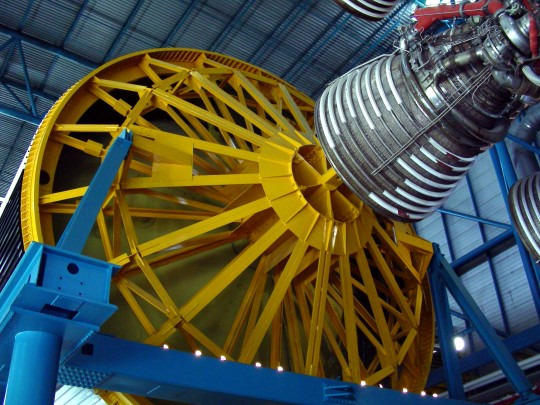
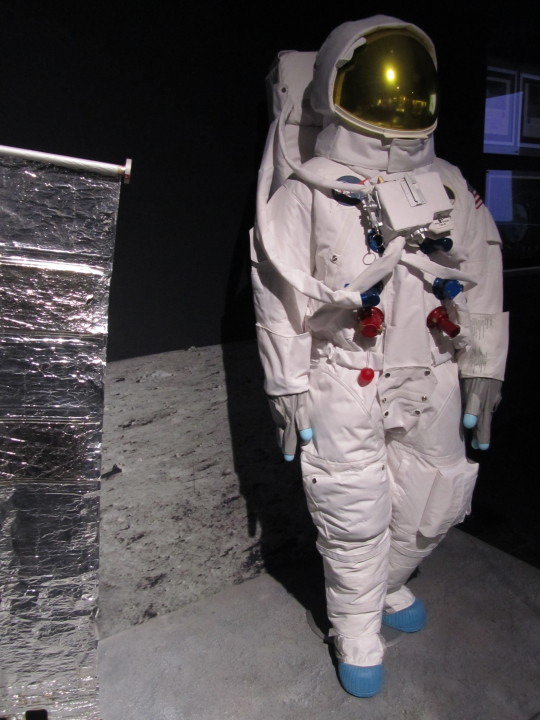
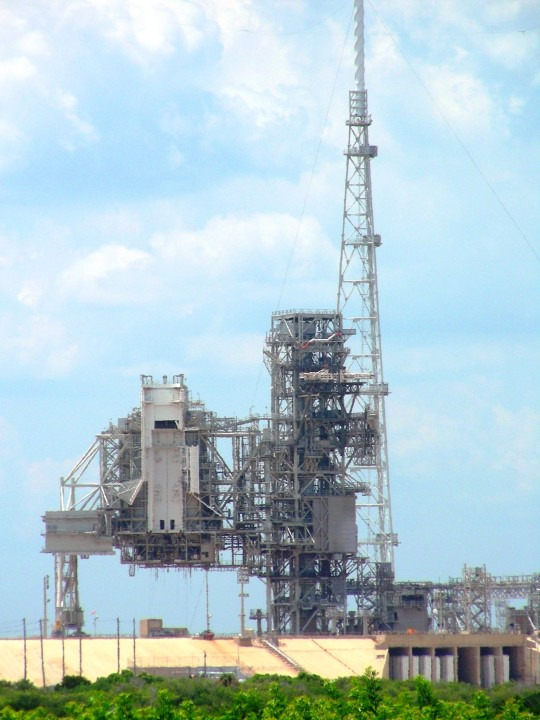
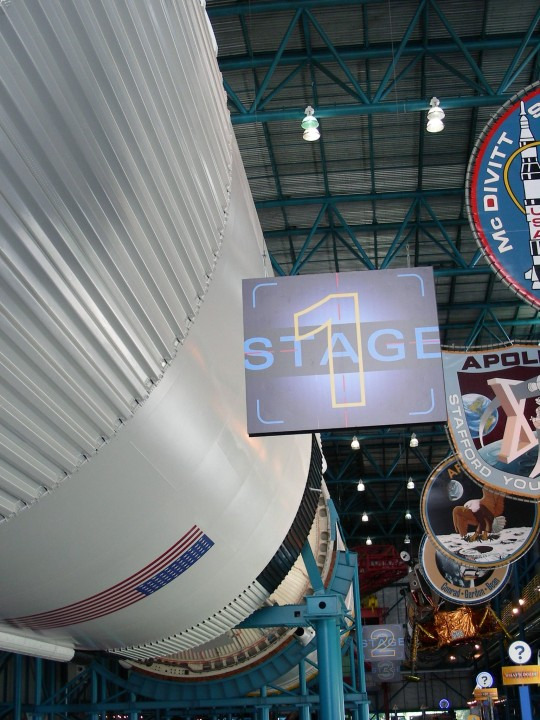

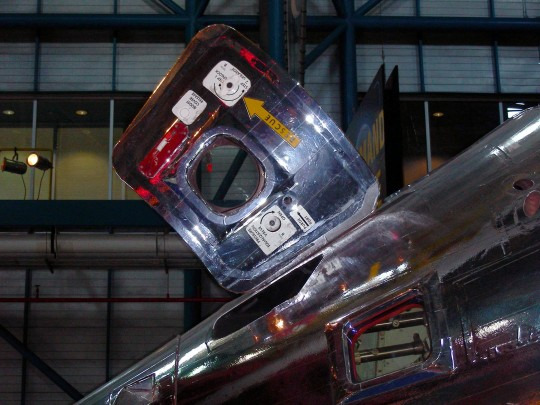
International Day of Human Space Flight
The beginning of the space era for mankind
The General Assembly, in its resolution A/RES/65/271 of 7 April 2011, declared 12 April as the International Day of Human Space Flight “to celebrate each year at the international level the beginning of the space era for mankind, reaffirming the important contribution of space science and technology in achieving sustainable development goals and increasing the well-being of States and peoples, as well as ensuring the realization of their aspiration to maintain outer space for peaceful purposes.”
12 April 1961 was the date of the first human space flight, carried out by Yuri Gagarin, a Soviet citizen. This historic event opened the way for space exploration for the benefit of all humanity.
The General Assembly expressed its deep conviction of the common interest of mankind in promoting and expanding the exploration and use of outer space, as the province of all mankind, for peaceful purposes and in continuing efforts to extend to all States the benefits derived there from.
The Voyager Golden Record shot into space in 1977 with a message from humanity to the cosmos – and decades later, it stands as a reminder that we are all connected. The United Nations displays a replica of the Golden Record at its Headquarters, and shares a deep connection to the process of creating it. A NASA committee asked the UN to provide materials to include on the playlist, and the first words on the Record itself are those of the then-UN Secretary-General expressing hope for peace and friendship with whoever discovers and plays it. Bill Nye “The Science Guy,” CEO of the Planetary Society, walks viewers through how to decipher the Golden Record, its significance today, and how reverence for the universe can inspire action for our planet. This aligns with the ongoing work of the United Nations to promote international cooperation in the peaceful use and exploration of space. The Director of the UN Office for Outer Space Affairs, Simonetta Di Pippo, explains the significance of the Golden Record in our world now. “The undertaking of the Voyager project reminds us of who we are, where we came from, and that we should treat each other with care.”
Background
On 4 October 1957 the first human-made Earth satellite Sputnik I was launched into outer space, thus opening the way for space exploration. On 12 April 1961, Yuri Gagarin became the first human to orbit the Earth, opening a new chapter of human endeavour in outer space.
The Declaration further recalls “the amazing history of human presence in outer space and the remarkable achievements since the first human spaceflight, in particular Valentina Tereshkova becoming the first woman to orbit the Earth on 16 June 1963, Neil Armstrong becoming the first human to set foot upon the surface of the Moon on 20 July 1969, and the docking of the Apollo and Soyuz spacecrafts on 17 July 1975, being the first international human mission in space, and recall that for the past decade humanity has maintained a multinational permanent human presence in outer space aboard the International Space Station.”
UN and Space
From the very beginning of the Space Age, the United Nations recognized that outer space added a new dimension to humanity’s existence. The United Nations family strives continuously to utilize the unique benefits of outer space for the betterment of all humankind.
Recognizing the common interest of humankind in outer space and seeking to answer questions on how outer space can help benefit the people’s of Earth, the General Asssembly adopted its first resolution related to outer space, resolution 1348 (XIII) entitled “Question of the Peaceful Use of Outer Space”.
On 10 October 1967, the “Magna Carta of Space”, also known as the Treaty on Principles Governing the Activities of States in the Exploration and Use of Outer Space, including the Moon and Other Celestial Bodies entered into force.
Today, the United Nations Office for Outer Space Affairs (UNOOSA) is the United Nations office responsible for promoting international cooperation in the peaceful uses of outer space. UNOOSA serves as the secretariat for the General Assembly’s only committee dealing exclusively with international cooperation in the peaceful uses of outer space: the United Nations Committee on the Peaceful Uses of Outer Space (COPUOS).
UNOOSA is also responsible for implementing the Secretary-General’s responsibilities under international space law and maintaining the United Nations Register of Objects Launched into Outer Space.
Source
#Mercury Friendship 7#International Day of Human Space Flight#InternationalDayofHumanSpaceFlight#12 April 1961#Jim Lovell's space suit#Verkehrshaus der Schweiz#Swiss Transport Museum#Kennedy Space Center Visitor Complex#USA#original photography#Launch Complex 39A (LC-39)#Space Shuttel Explorer#replica#Saturn V Moon Rocket#florida#2010#2009#summer vacation#travel#NASA#National Aeronautics and Space Administration#Washington DC#Apollo 11 Command Module Columbia#National Air and Space Museum#vacation#tourist attraction#Luzern#anniversary
0 notes
Text

Columbia Launches - November 10th, 1996.
"Rocket engines blazing, the Space Shuttle Columbia arcs into Florida's morning sky after lifting off from pad 39-A at Kennedy Space Center. Seen here in January of 1996, this space shuttle had, at that time, been operational for more than 15 years - racking up 20 flights and over 77 million miles in orbit while spending 177 days in space. The first member of NASA's shuttle fleet, Columbia shares its name with another famous spacecraft launched from pad 39-A, the Apollo 11 command module."
39 notes
·
View notes
Text



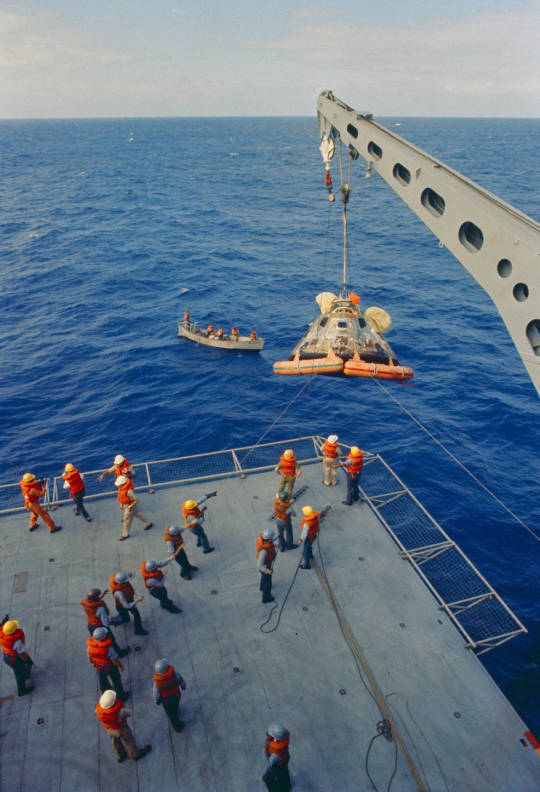
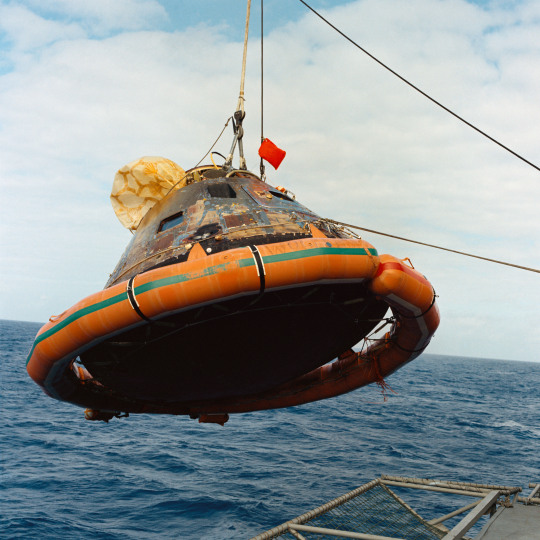







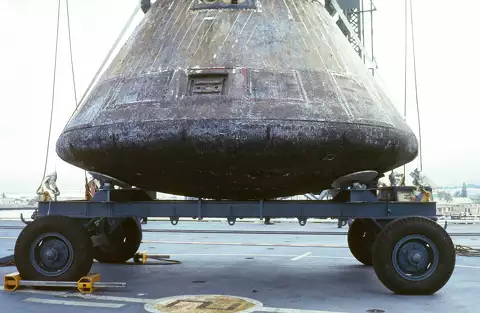

The Apollo 11 Command Module Columbia (CSM-107) is hoisted aboard USS Hornet (CVS-12) following splashdown in the Pacific.
Date: July 24, 1969
source, source, source, source
NASA ID: S69-21294, S69-41565, S69-21783
U.S. Naval History and Heritage Command: Apollo 11 Recovery Photo 4
#Apollo 11#Apollo CSM Block II#CSM-107#Columbia#NASA#Apollo Program#G-type mission#Recovery#USS HORNET (CV-12)#USS HORNET#Essex Class#Aircraft Carrier#Pacific Ocean#July#1969#United States Navy#US#Navy#USN#my post
75 notes
·
View notes
Text

24 July 1969, CV-12 USS Hornet prepares to recover Apollo 11 Command Module Columbia.
342 notes
·
View notes
Text

2025, February 26 American actor Eugene Hackman passed away... We'll remember him for amazing roles in detective movies but also for the 1969 SciFi movie "Marooned, the Sage of Ironman One !" This movie attracted great public attention when it came out in November 1969, just between the Apollo 11 & 12 manned lunar missions! In that movie, Hackman was an astronaut, named Buzz Lloyd, who after five months in the space station, began to perform erratic and substandard so NASA decided to bring the crew home. The Command Module "Ironman One" thrusters failed and the crew was effectively marooned in orbit. Not giving the plot away, it's an interesting movie with true spaceflight vibes involving the mission controllers, military personnel and even the astronauts' wives. Wristwatch-wise interesting as at least half-a-dozen Omega Speedmaster "Ultraman" 145.012-67 chronographs can be spotted as both the astronauts and the mission controllers (Gregory Peck) wore such an "Ironman" Speedmaster with distinctive red/orange chronograph hand ! (Photos: Columbia Pictures)
#321#chronograph#Omega#Speedmaster#Ultraman#Ironman#145.012-67#Moonwatch#Moonwatchuniverse#NASA#military#Columbia Pictures#montres#uhren#Omega Bienne#spaceflight#astronaut#Zulu time
16 notes
·
View notes
Text

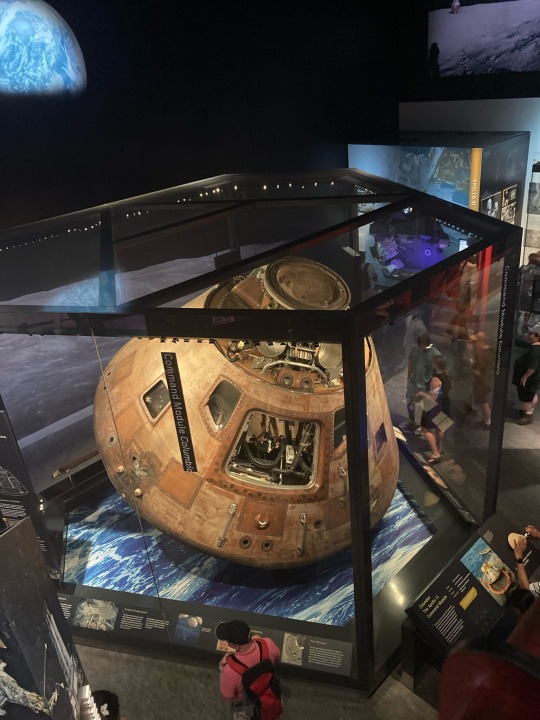


The Apollo 11 command module Columbia, as seen at the National Air and Space Museum
34 notes
·
View notes
Text
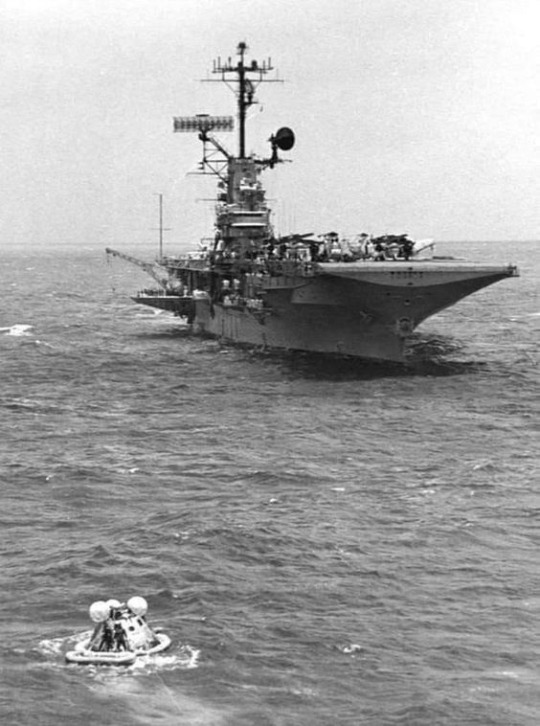
Apollo 11
24 July 1969, CV-12 USS Hornet prepares to recover Apollo 11 Command Module Columbia.
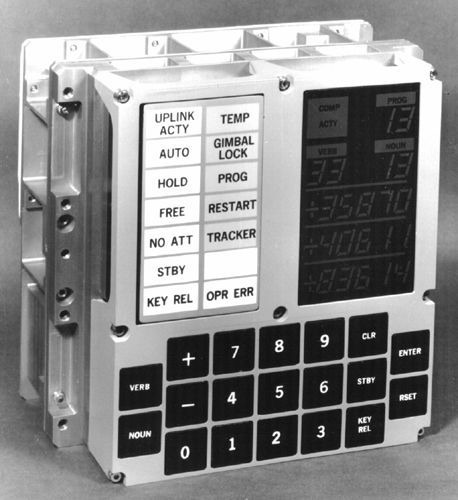
Apollo Guidance Computer
32 notes
·
View notes
Text
Star Trek history...

The ENTERPRISE in spacedock.
Actually, it's the restored studio filming model being moved to a new home in the National Air & Space Museum. Here, it's nose-to-nose with another famous space ship, the Apollo 11 Command Module COLUMBIA.
4 notes
·
View notes
Text
Ohhhhh I’m so excited I get to see so many excellent space things soon. I get to see freedom 7 soon. I get to see Apollo 11 command module Columbia soon. I get to see space shuttle discovery soon. I’m going to be so normal about it.
3 notes
·
View notes
Text

Neil Armstrong was born on August 5, 1930. An American astronaut and aeronautical engineer, he was the first person to walk on the Moon. He was also a naval aviator, test pilot, and university professor. On July 20, 1969, Armstrong and Apollo 11 Lunar Module (LM) pilot Buzz Aldrin became the first people to land on the Moon, and the next day they spent two and a half hours outside the Lunar Module Eagle spacecraft while Michael Collins remained in lunar orbit in the Apollo Command Module Columbia. When Armstrong first stepped onto the lunar surface, he famously said: "That's one small step for [a] man, one giant leap for mankind." It was broadcast live to an estimated 530 million viewers worldwide.
#neil armstrong#the moon#astronauts#nasa#apollo 11#moon landing#science#science history#science birthdays#on this day#on this day in science history
5 notes
·
View notes
Text
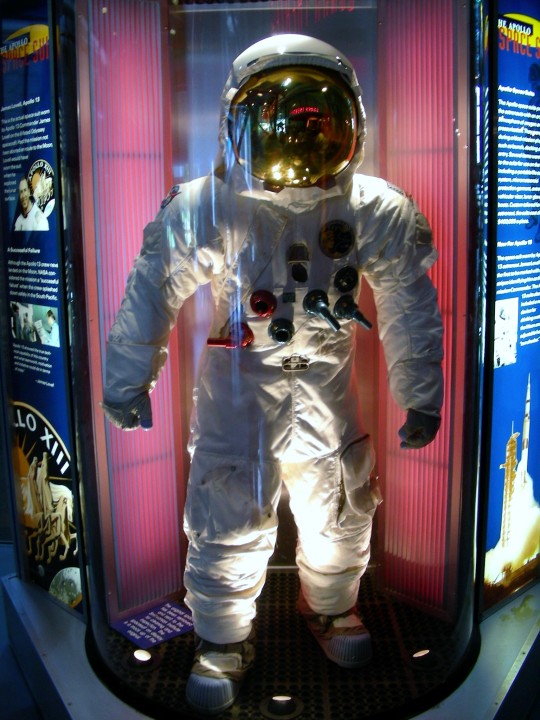
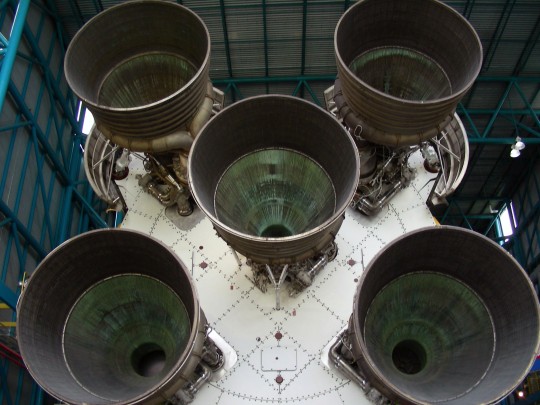
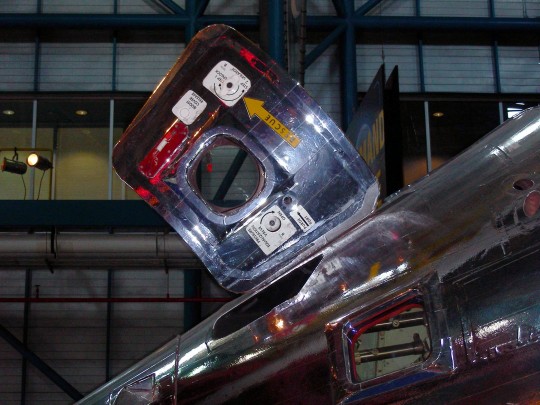
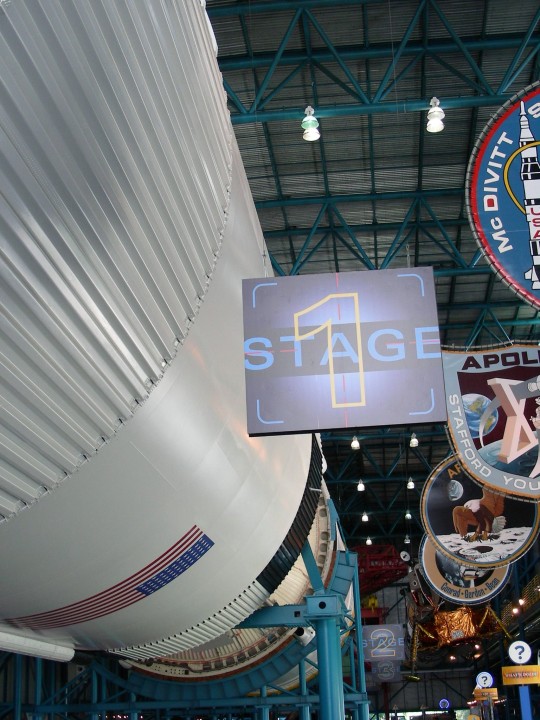
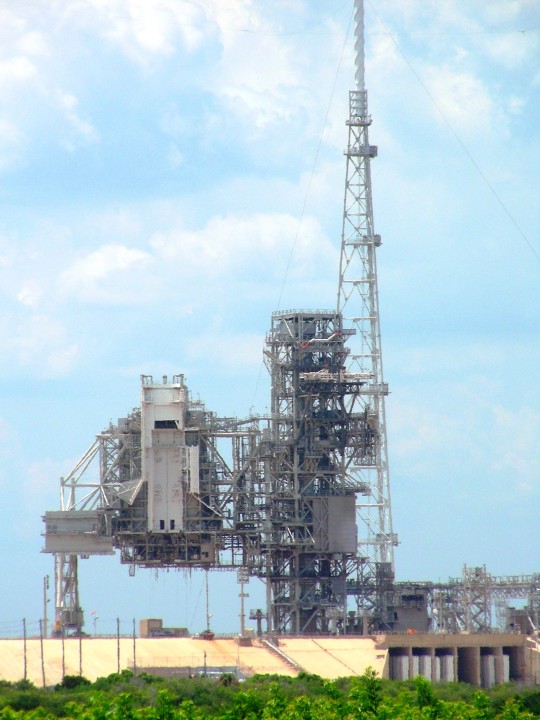
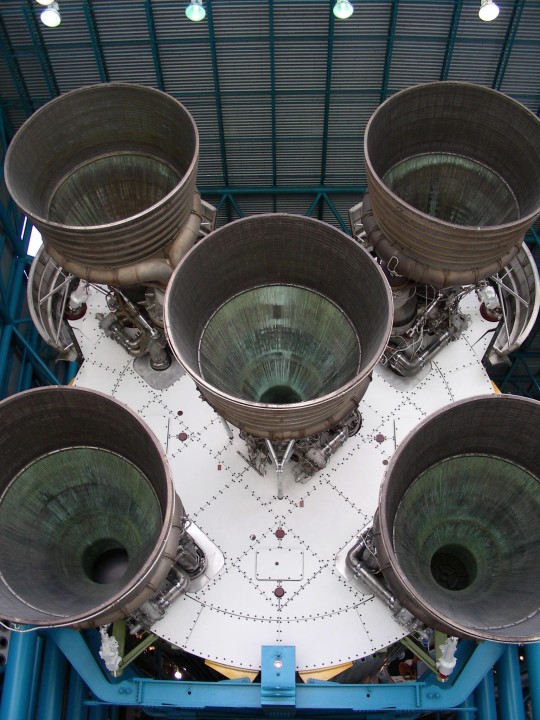
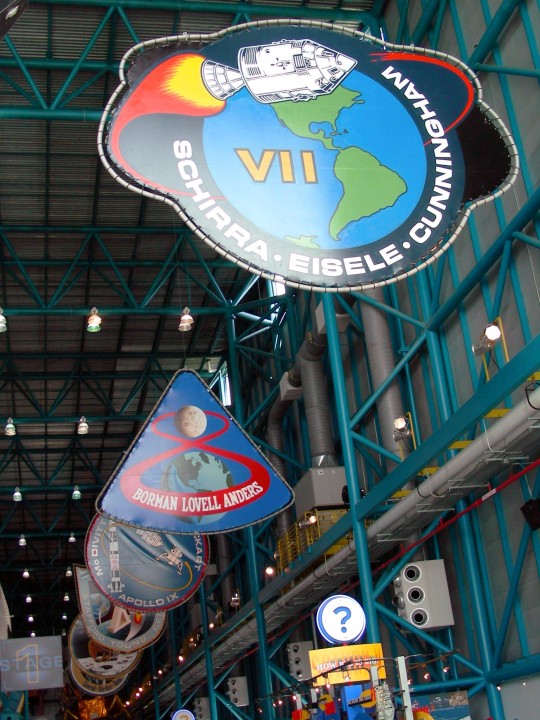

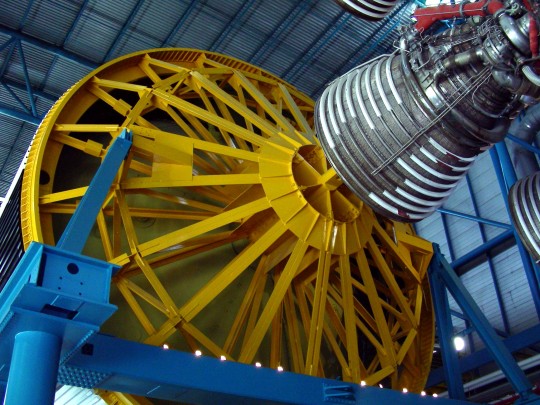
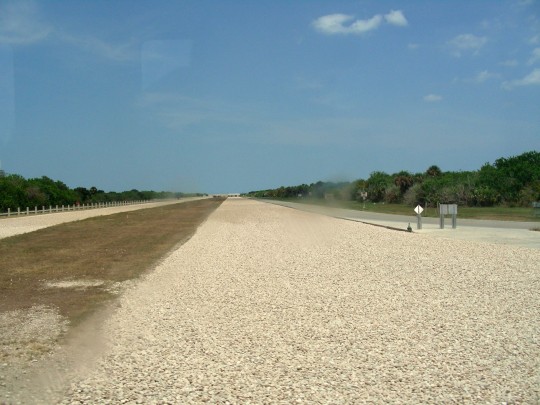
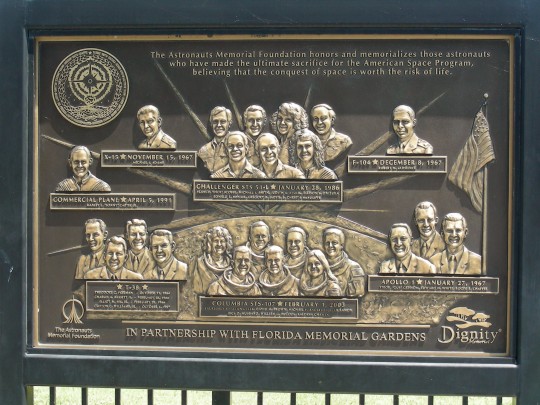
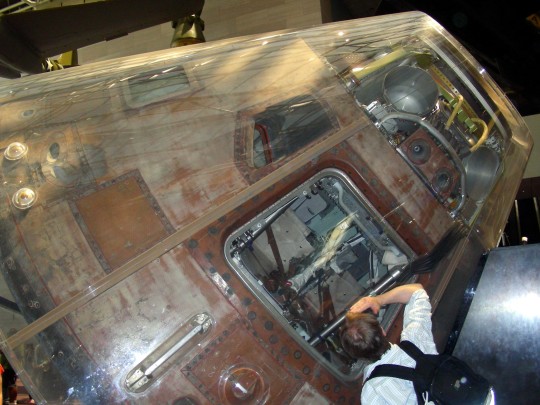
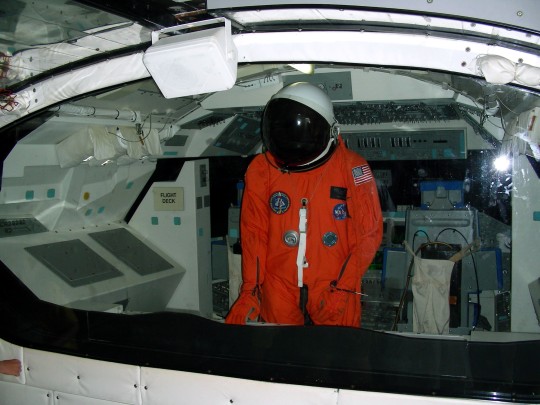
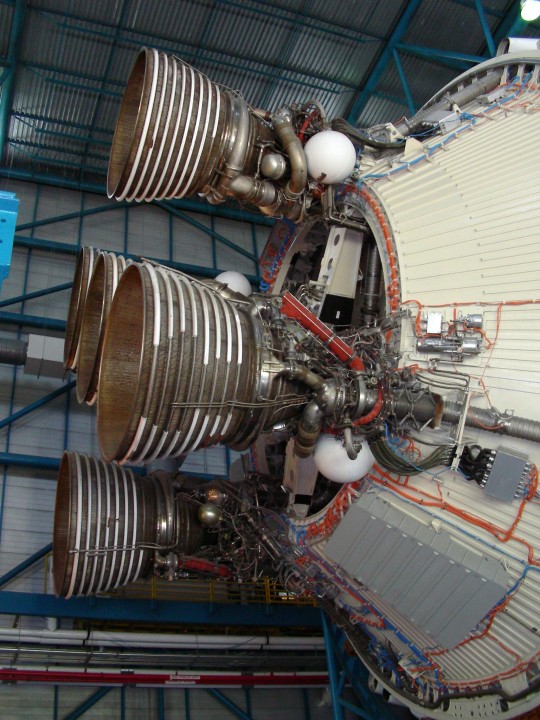
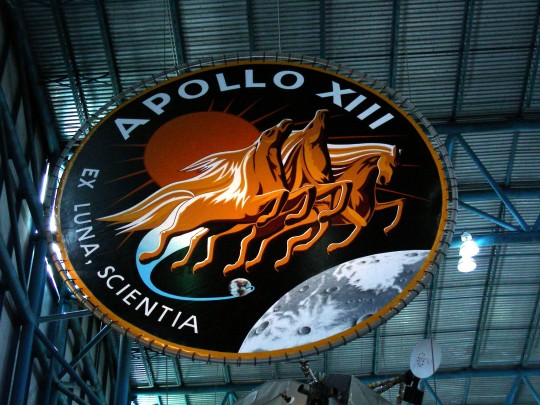
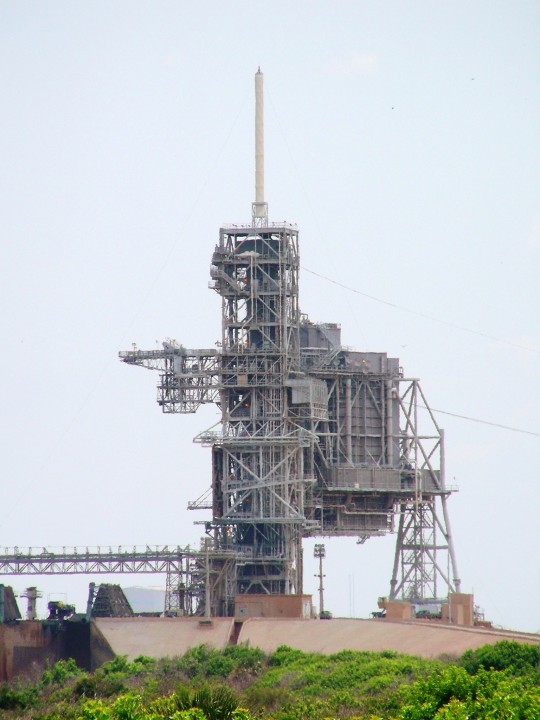
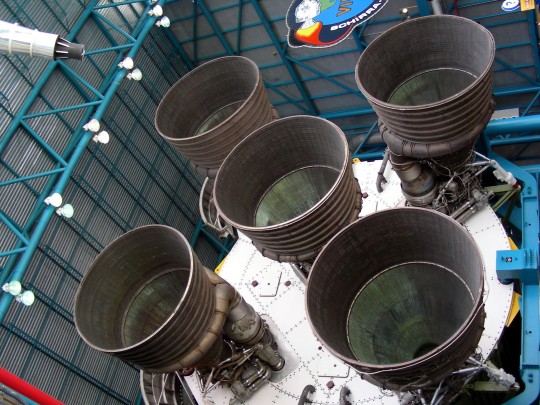

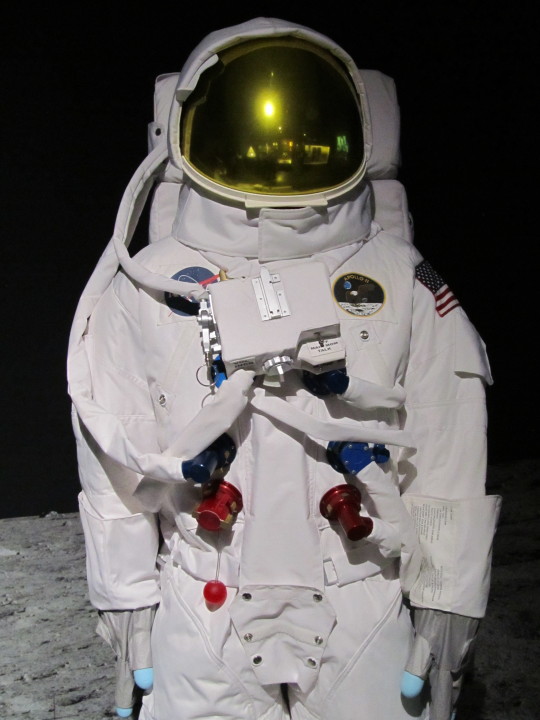
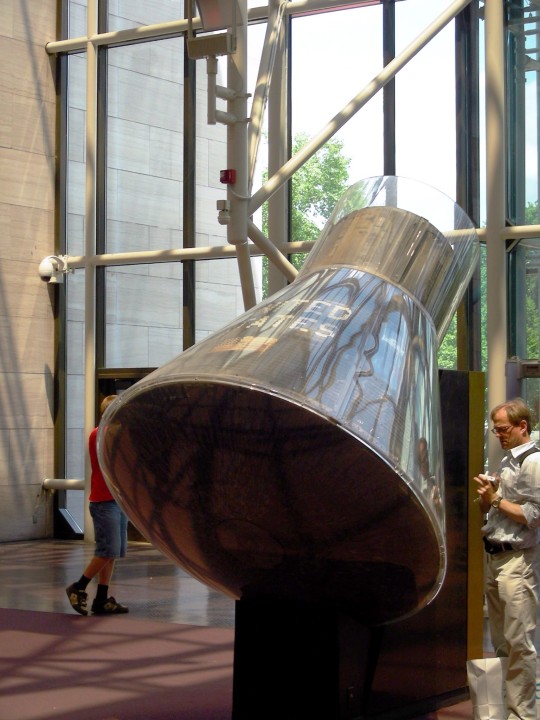
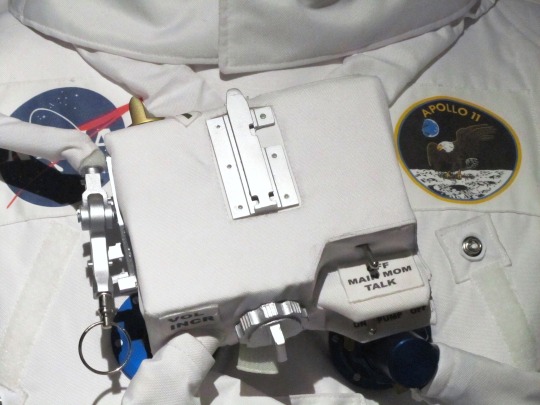
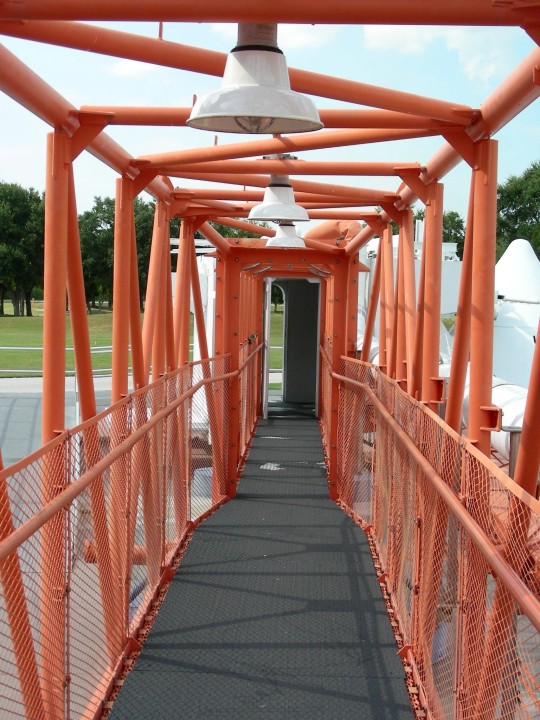
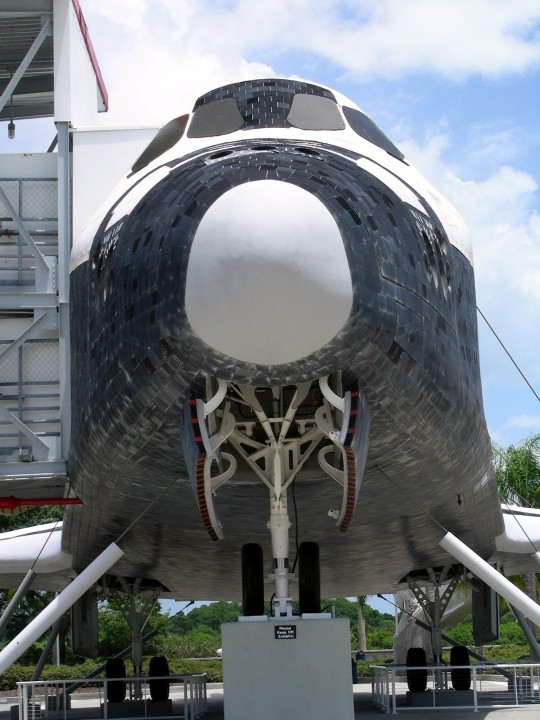
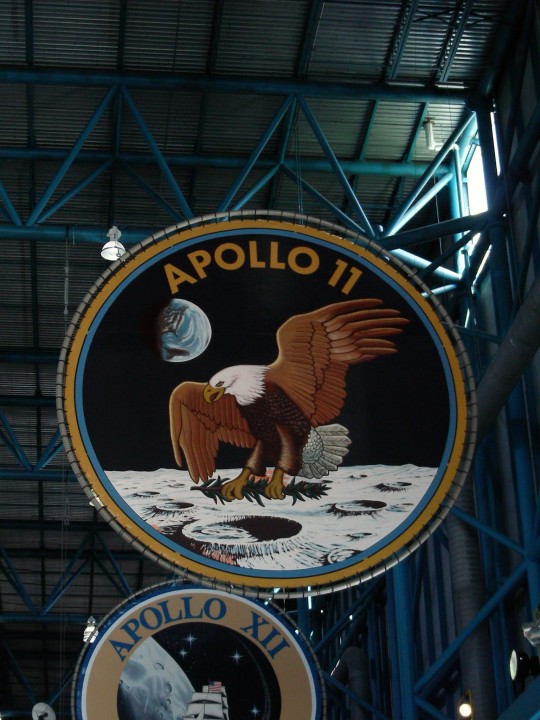
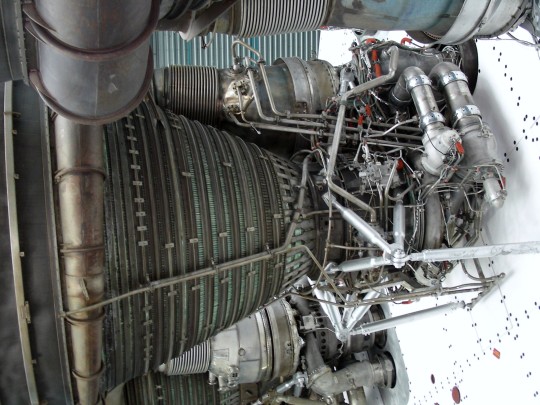
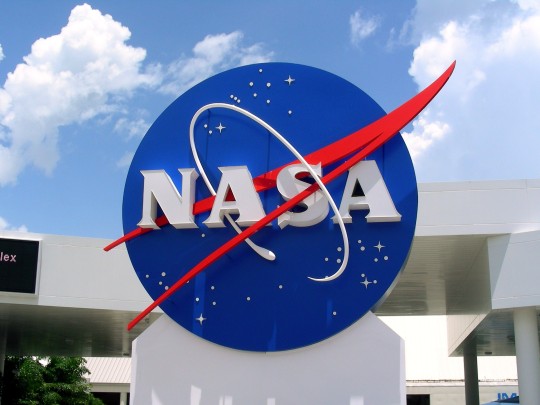
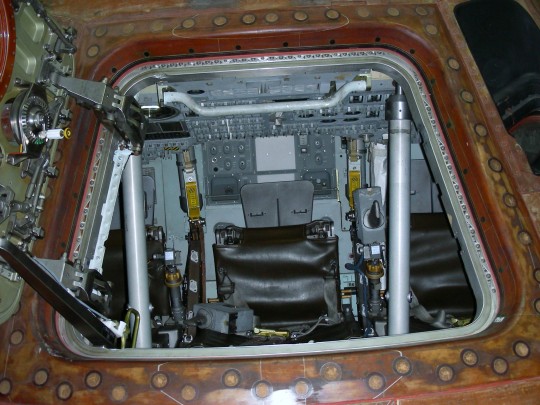
International Day of Human Space Flight
The beginning of the space era for mankind
The General Assembly, in its resolution A/RES/65/271 of 7 April 2011, declared 12 April as the International Day of Human Space Flight “to celebrate each year at the international level the beginning of the space era for mankind, reaffirming the important contribution of space science and technology in achieving sustainable development goals and increasing the well-being of States and peoples, as well as ensuring the realization of their aspiration to maintain outer space for peaceful purposes.”
12 April 1961 was the date of the first human space flight, carried out by Yuri Gagarin, a Soviet citizen. This historic event opened the way for space exploration for the benefit of all humanity.
The General Assembly expressed its deep conviction of the common interest of mankind in promoting and expanding the exploration and use of outer space, as the province of all mankind, for peaceful purposes and in continuing efforts to extend to all States the benefits derived there from.
The Voyager Golden Record shot into space in 1977 with a message from humanity to the cosmos – and decades later, it stands as a reminder that we are all connected. The United Nations displays a replica of the Golden Record at its Headquarters, and shares a deep connection to the process of creating it. A NASA committee asked the UN to provide materials to include on the playlist, and the first words on the Record itself are those of the then-UN Secretary-General expressing hope for peace and friendship with whoever discovers and plays it. Bill Nye “The Science Guy,” CEO of the Planetary Society, walks viewers through how to decipher the Golden Record, its significance today, and how reverence for the universe can inspire action for our planet. This aligns with the ongoing work of the United Nations to promote international cooperation in the peaceful use and exploration of space. The Director of the UN Office for Outer Space Affairs, Simonetta Di Pippo, explains the significance of the Golden Record in our world now. “The undertaking of the Voyager project reminds us of who we are, where we came from, and that we should treat each other with care.”
Background
On 4 October 1957 the first human-made Earth satellite Sputnik I was launched into outer space, thus opening the way for space exploration. On 12 April 1961, Yuri Gagarin became the first human to orbit the Earth, opening a new chapter of human endeavour in outer space.
The Declaration further recalls “the amazing history of human presence in outer space and the remarkable achievements since the first human spaceflight, in particular Valentina Tereshkova becoming the first woman to orbit the Earth on 16 June 1963, Neil Armstrong becoming the first human to set foot upon the surface of the Moon on 20 July 1969, and the docking of the Apollo and Soyuz spacecrafts on 17 July 1975, being the first international human mission in space, and recall that for the past decade humanity has maintained a multinational permanent human presence in outer space aboard the International Space Station.”
UN and Space
From the very beginning of the Space Age, the United Nations recognized that outer space added a new dimension to humanity’s existence. The United Nations family strives continuously to utilize the unique benefits of outer space for the betterment of all humankind.
Recognizing the common interest of humankind in outer space and seeking to answer questions on how outer space can help benefit the people’s of Earth, the General Asssembly adopted its first resolution related to outer space, resolution 1348 (XIII) entitled “Question of the Peaceful Use of Outer Space”.
On 10 October 1967, the “Magna Carta of Space”, also known as the Treaty on Principles Governing the Activities of States in the Exploration and Use of Outer Space, including the Moon and Other Celestial Bodies entered into force.
Today, the United Nations Office for Outer Space Affairs (UNOOSA) is the United Nations office responsible for promoting international cooperation in the peaceful uses of outer space. UNOOSA serves as the secretariat for the General Assembly’s only committee dealing exclusively with international cooperation in the peaceful uses of outer space: the United Nations Committee on the Peaceful Uses of Outer Space (COPUOS).
UNOOSA is also responsible for implementing the Secretary-General’s responsibilities under international space law and maintaining the United Nations Register of Objects Launched into Outer Space.
Source
#Mercury Friendship 7#International Day of Human Space Flight#InternationalDayofHumanSpaceFlight#12 April 1961#Jim Lovell's space suit#Verkehrshaus der Schweiz#Swiss Transport Museum#Kennedy Space Center Visitor Complex#USA#original photography#Launch Complex 39A (LC-39)#Space Shuttel Explorer#replica#Saturn V Moon Rocket#florida#2010#2009#summer vacation#travel#NASA#National Aeronautics and Space Administration#Washington DC#Apollo 11 Command Module Columbia#National Air and Space Museum#vacation#tourist attraction#Luzern#anniversary
0 notes
Text
Shared from Bing: Michael Collins (1930-2021) - Find a Grave Memorial
0 notes
Text
Apollo 11 Command Module (CM-107) Columbia under construction at North American Aviation's Downey facility.
Date: August 28, 1967
NASA ID: S67-44134

#Apollo 11#CSM-107#Columbia#NASA#Apollo Program#G-type mission#Construction#North American Aviation#Downey#California#August#1967#my post
116 notes
·
View notes
Text
Visit to National Air and Space Museum, Chantilly VA on 17-Feb-2025
Visited Smithsonian’s National Air and Space Museum at the Udvar-Hazy Center in Chantilly, Virginia with Ankit, Priyanka, Sadhana, Myra and Baani. It has collection of historical air and space artifacts. The National Air and Space Museum has over 60,000 artifacts such as historic aircrafts and space artifacts, such as the 1903 Wright Flyer and the Apollo 11 Command Module Columbia, highlight the…
0 notes
Text
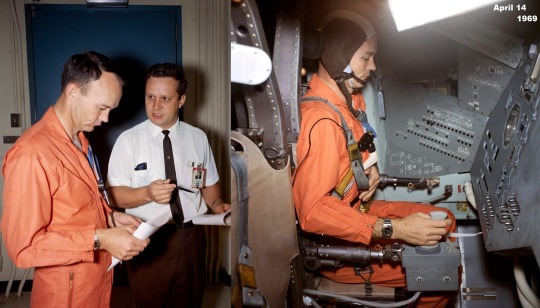
Rolex watches during the Apollo program USAF MajGeneral Michael Collins got his bachelor degree at the USMA West Point in 1952 and went on to become a NASA astronaut, flying on Gemini X and as Apollo 11 Command Module Pilot onboard CSM “Columbia” in July 1969. Michael Collins had been wearing a Rolex wristwatch since at least 1964 as he wore his Rolex Turn-O-Graph during Gemini geology training, Apollo centrifuge training and public events related to the space program. Also during Apollo 11 commemorative events, Collins wore his personal Rolex Turn-O-Graph. Rolex has the most different space-flown wrist watch versions, as at least 8 were worn in space (GMT-master, GMT-master II, Datejust, Daytona 6263, Submariner, Sea Dweller, Yachtmaster and Oysterquartz). (Photo: NASA)
#Apollo#astronaut#aviator#NASA#pilot watch#Rolex#Turn O Graph#Rolex-in-space#military#montres#moonwatchuniverse#Rolexmagazine#uhren#sat#horloges#spaceflight#Zulu time
2 notes
·
View notes
Text
youtube
The Apollo 11 lunar module Eagle undocks with command module Columbia at 17:44 UTC in preparation for the lunar landing.
9 notes
·
View notes